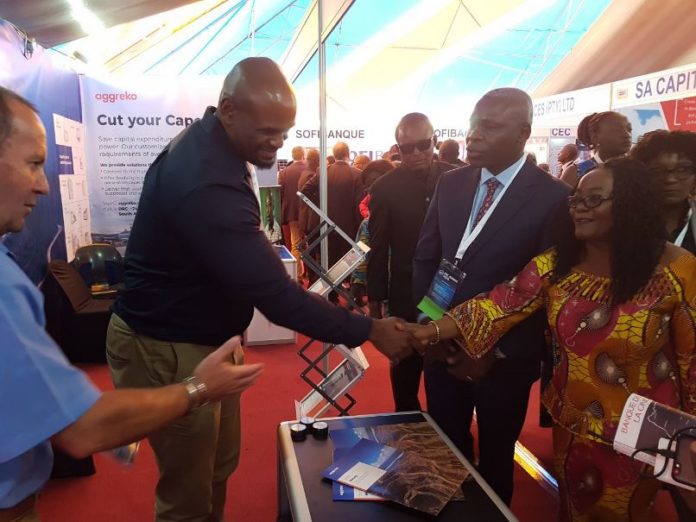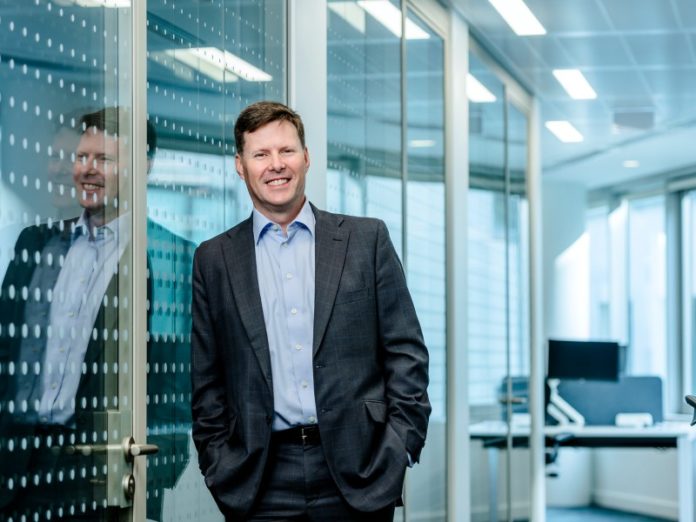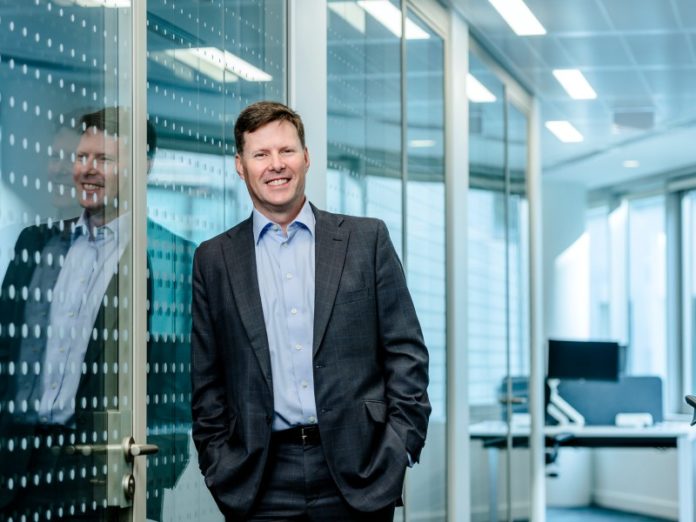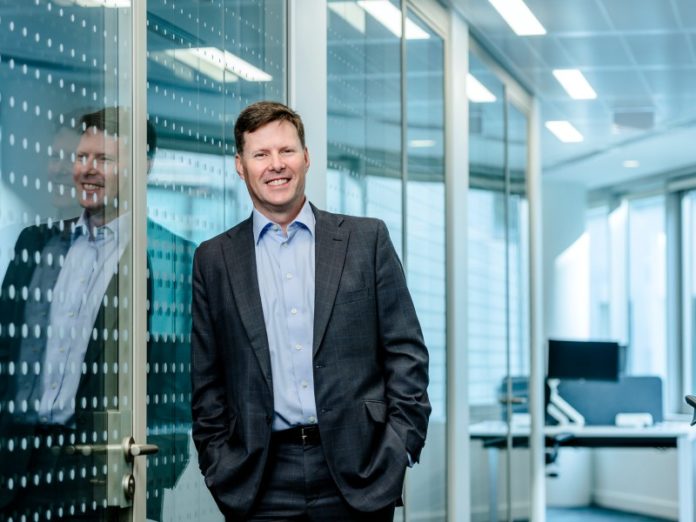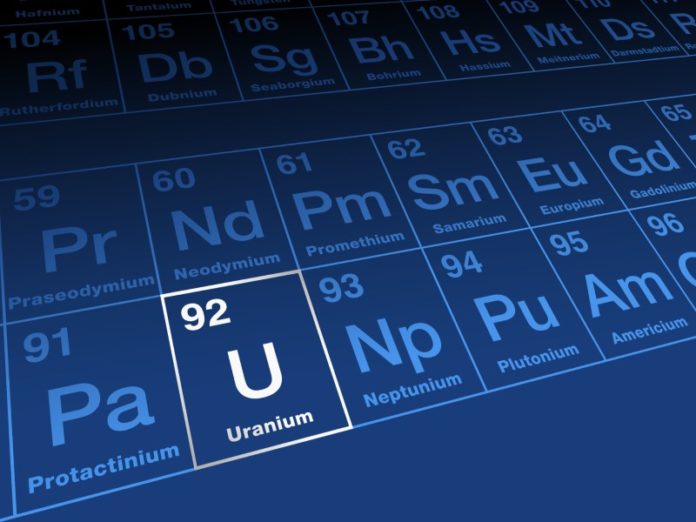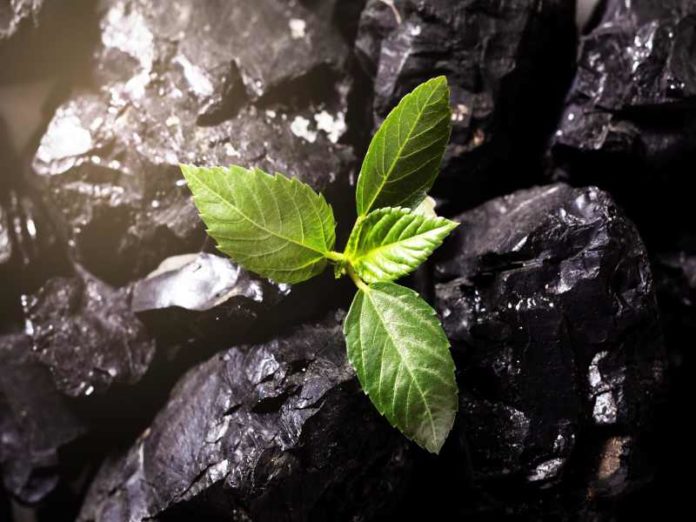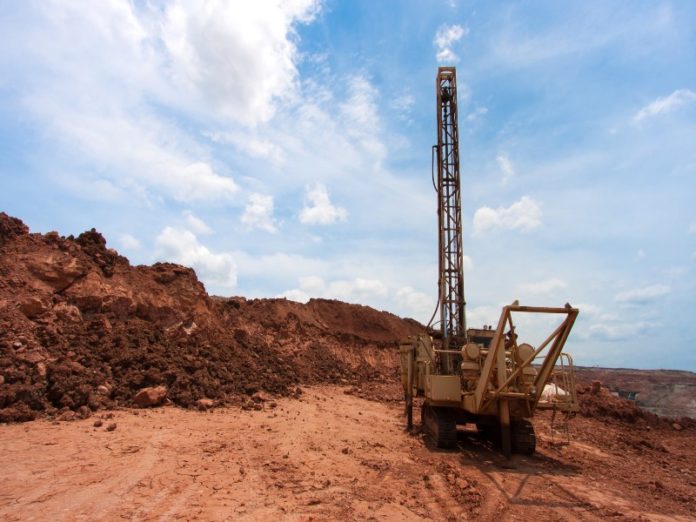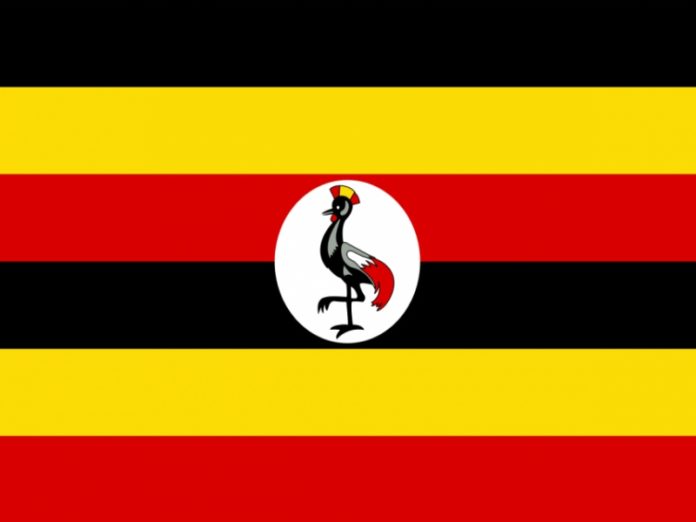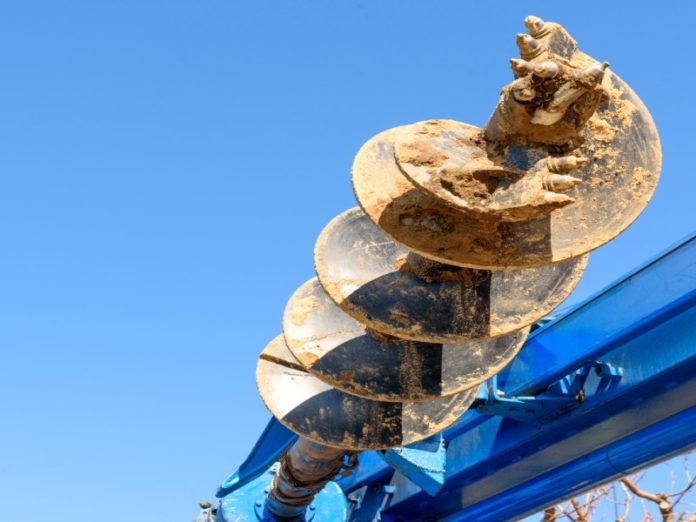Developing sustainable roadmaps for the lithium and copper mining industry
Similarly, yet for different reasons, copper mining is also important, with experts forecasting major shortages in the years ahead. This is despite copper’s recycle value being quite high, where premium-grade scrap is said to have circa 95% of the value of the primary metal from newly mined ore.
Lithium mining projects are complex to manage, and often come in over-budget and off-schedule. The involvement of multiple vendors, consultants, and internal stakeholders can lead to costly miscommunications.
Further, a lack of common standards across various vendors can lead to extra engineering hours and project delays, and a lack of integration can impact future operations and plant efficiency.
Rockwell Automation solutions for lithium and copper mining (amongst other minerals), which in the form of Integrated Architecture can help increase operational efficiency, improve visibility and enable better decision making, enable a modernized and empowered workforce, allowing superior mine-to-market integration, while operational transparency and monitoring help to manage environmental concerns & community integrity.
On 20 July, Rockwell Automation and Mining Review Africa hosted a Webinar on how integrated systems and scalable analytics enable improved mine-to-market visibility and allow for better decision-making to build and operate more efficient and sustainable lithium and copper mines.
Developing sustainable roadmaps for the lithium and copper mining industry
Similarly, yet for different reasons, copper mining is also important, with experts forecasting major shortages in the years ahead. This is despite copper’s recycle value being quite high, where premium-grade scrap is said to have circa 95% of the value of the primary metal from newly mined ore.
Lithium mining projects are complex to manage, and often come in over-budget and off-schedule. The involvement of multiple vendors, consultants, and internal stakeholders can lead to costly miscommunications.
Further, a lack of common standards across various vendors can lead to extra engineering hours and project delays, and a lack of integration can impact future operations and plant efficiency.
Rockwell Automation solutions for lithium and copper mining (amongst other minerals), which in the form of Integrated Architecture can help increase operational efficiency, improve visibility and enable better decision making, enable a modernized and empowered workforce, allowing superior mine-to-market integration, while operational transparency and monitoring help to manage environmental concerns & community integrity.
On 20 July, Rockwell Automation hosted a Webinar on how integrated systems and scalable analytics enable improved mine-to-market visibility and allow for better decision-making to build and operate more efficient and sustainable lithium and copper mines.
Anglo American’s hydrogen roadmap takes shape
With the aim to create an ecosystem for it’s nuGen hydrogen haul truck launched in May, Anglo American has crafted a zero-emission vehicles hydrogen production, storage, and refueling complex at Mogalakwena that incorporates the largest electrolyser in Africa and a solar PV field to support the operation of the haul truck.
To cement the energy operation and ensure that it has sufficient renewable energy that largely supports the hydrogen electrolysis process, the company has further joined forces with EDF Renewables to form Envusa Energy in order to develop a regional renewable energy ecosystem (“RREE”) in South Africa.
Commenting in Anglo American’s Q3,2022 production report, Duncan Wanblad, Chief Executive of Anglo American, said: “We continue to make important progress towards our holistic sustainability commitments. With renewable electricity supply secured for all our South America operations, we have now formed our renewable energy partnership with EDF Renewables in South Africa.
RELATED:
Global mining industry to follow suit on green haul trucks
Our new jointly owned company, Envusa Energy, is developing its first phase of more than 600 MW of wind and solar projects, a major step towards our vision of a 3-5 GW renewable energy ecosystem in the region by 2030.”
Envusa Energy is expected to supply Anglo American with a blend of renewable energy generated on Anglo American’s sites and renewable energy transmitted via the national grid. This energy portfolio approach will aggregate energy from geographically dispersed renewable generating assets and allocate this energy optimally to meet the load demand for Anglo American’s sites.

This partnership will also act as a blueprint for future initiatives as Anglo sets out for the hydrogen valley. Courtesy of its world-leading solar and wind resources, South Africa is primed to capitalise in terms of both hydrogen generation and consumption, as three hubs have been identified as fundamental in integrating hydrogen into South Africa’s economy, and in establishing the country as a strategically important centre for green hydrogen production.
Not only that, but minor metals used in the solar PV industry will also come into play, creating even greater demand within the metals market.
“The issuance of our first sustainability-linked bond, a first of its kind from a major diversified mining company, re-affirms our commitment to our targets to reduce greenhouse gas emissions and fresh water abstraction and to support job creation in the communities where we operate.” concluded Wanblad.
GoviEx moves closer to being a uranium producer by 2025
GoviEx Uranium has closed its previously announced bought deal private placement financing which includes a partial exercise of the over-allotment option, at a price of C$0.22 per Unit for aggregate gross proceeds of C$10,166,860.
Each unit consists of one Class A common share of the company and one-half of one Common Share purchase warrant.

Each Warrant entitles the holder thereof to purchase one common share at US$0.24 until October 25, 2025. The company expects to close an additional tranche of units on the same terms as the Private Placement in the coming days.
The funds raised will enable continued development of GoviEx’s projects, bringing the company closer to its target of becoming a uranium producer by 2025, subject to project financing.
With the release of the FS results for its Madaouela project in Niger in September, the company will now focus on progressing offtake and debt financing options for the project.
The net proceeds of the private placement will also be used to continue the development of the Muntanga project in Zambia, where GoviEx aims to complete a FS by the end of 2023, and the continued exploration of its earlier stage Falea project in Mali.
In addition to the foregoing, the net proceeds from the Private Placement will be used by the company for exploration and general corporate and working capital purposes.
An ode to mineworkers – heroes in helmets
In 2021, the mining industry accounted for 8.2% of South Africa’s GDP. During the COVID-19 pandemic, the industry carried the country’s GDP, as some operations continued. But what does this take and who is at the preface of this crucial process? My recent tour to Menar’s Kangra Coal mine in Saul Mkhizeville, Mpumalanga propelled a deep sense of appreciation for the men and women in helmets.
Our tour consisted of a group of twenty seasoned journalists and students from across Gauteng, who had been chosen to attend the 2022 Menar Mining Journalism Training, to better understand the intricacies of mining for informed reporting.
After a four-hour drive from Johannesburg to Saul Mkhizeville, we were welcomed into a rigorous safety class and indemnification process. From there, we headed to the changing room, where the work began. We put on our gear: long wool socks, one-piece overall, knee-high safety boots, thick belt, helmet, rubber hand gloves, glasses, earpiece, and a face mask. The few kg’s added were equivalent to 4 hours’ worth of work at my office in Johannesburg! (It was heavy).
As we took the bus to go have our safety lights fitted, the atmosphere changed from excitement to tension. I guess this is probably why most mine workers sing on their way to their shifts- to ease the tension. In addition to the extra 10kgs I had accumulated at the dressing room, a chemical oxygen self-rescuer was fitted onto the side of our belts in case of an emergency.

Now we were ready.
We then got to the mining site and started walking downhill toward the entrance. Lined up in silence, we all marched into the black hole…
I walked about 500m in heavy sludge that came up to the knee, depending only on the light fitted to my helmet. As we got further in, I began to see where all the magic started. Men and women were operating drill machines, some driving the mined coal toward the conveyor belt and others constantly checking for safety hazards. Greasy overalls and faces smudged in coal. It was all in a day’s work for them. The experience was both daunting and exciting.
As we finally headed out after the tour was done, I asked one of the officers who had accompanied us what made him jump out of bed every morning to spend 10 hours underground, where there’s minimal to no lighting, no glass walls and pot plants- where there was no coffee machine!
He turned and pointed to the coal that was being spewed out from the conveyor belt while a truck was loading it, and said “That has kept me coming back to work for the past 20 years.” I was inspired.
From that day, my perspective shifted. Having a glimpse of the daily demanding activities of a mineworker, propelled a great sense of respect in me. We must also appreciate the new technology that allows miners to work in safe environments. LED lighting, proximity detections systems (PDS), netting, bolting, remote VR-led inspections and drilling all come in handy for these tough conditions.
Miners needn’t go on strike for a decent salary. They should not have to struggle to make ends meet. In fact, these are some of the workers that need to be treasured the most. If anything, I hope for a day where there will be a national day of mine workers in South Africa, that will serve as a constant reminder of the bravery, agility and service of these great men and women who risk their lives to keep the country going.
While mining output and exports are catalysts to the growth of an economy, it is always important to remember those at the helm of production.
ERG report: “Supporting key aspects of modern life”
Eurasian Resources Group (ERG) has announced the publication of its Sustainable Development Report for 2021, titled “Supporting key aspects of modern life”.
The report unveils the significant role ERG plays in supporting the green energy transition as well as modern life in general. ERG is well-positioned to seize the opportunities presented by this transition, and is committed to doing so responsibly, including through its ongoing work on mineral value chain transparency and assurance and its broader contribution to its operating regions.
Commenting on the report, Benedikt Sobotka, CEO of ERG, said:
“In 2021, ERG demonstrated outstanding operational and financial results, which highlight the degree to which we are both capitalising from, and supporting the recovery of, the world economy. We continued to advance our work on sustainable metals production and responsible mineral value chain assurance.
These efforts are critical if we are to achieve our full potential in supporting the global energy transition. I would like to thank each and every one of our employees for their valuable contributions to ERG’s sustainable development.”
ERG’s positive performance in 2021 was largely driven by price increases across many of its major commodities, as well as higher production output. Alongside this, the Group reduced its debt by more than US$800 million, including through principal payments and early repayments, extended its debt maturity profile, improved its financing costs, and created additional liquidity reserves.

As part of the Group’s commitment to achieving Zero Harm, ERG established a target to reduce its LTIFR in Kazakhstan by 15% per year to 2030. It also set a new remuneration-linked KPI for LTI-free hours for all employees at Metalkol RTR and developed a comprehensive OHS management system based on the requirements of ISO 45001 at BAMIN.
As part of its Group 2025 Strategy, ERG has further advanced its Group-wide Digital Strategy and finalised the new Group-wide People Strategy, which aims to support its employees’ development. The People Strategy is supported by the Group’s continued work on the ‘ERG Digital University’, which rolled out around 450 online and in-person courses for employees in Kazakhstan last year.
In 2021, the Group continued to invest in growing its core businesses in Kazakhstan. Among other projects, this included the Phase 2 development of its 10th Anniversary mine at Donskoy GOK and the development of its Slimes 2 reprocessing project.
The group also initiated the construction of a new Special Coke plant at Shubarkol Komir.
Outside of Kazakhstan, as part of developing its new frontiers of growth, ERG continued to ramp up Phase 2 production at its Metalkol RTR cobalt and copper facility in the DRC, which significantly contributed to the Group’s 2021 production output, and continued expanding its Frontier mine through the development of the Cut 3 project as well as through assessment of a further Cut 4 initiative. In Brazil, ERG achieved its first full year of initial production at its BAMIN integrated iron ore operation and won the first stretch of the West-East Integration Railroad (FIOL) concession, which is a key milestone in the development of a large-scale, integrated mining, railway, and port project in the country.
In 2021, the Group established its Group-level ESG Committee, responsible for integrating sustainable practices into the Group’s overarching strategy and decision-making processes, as well as developing a long-term, corporate ESG Strategy. The Committee has overseen the establishment of ERG’s Decarbonisation Thin Tank and has worked on a range of 2030 ESG Goals.
ERG’s Group-wide community social investment in 2021 totalled US$65.2million. In Kazakhstan, the Group continued to deliver a three-year regional programme supporting a range of projects, including in education and youth skills development, healthcare, sports, and well-being as well as improving living standards for the local population.
In Africa, it implemented a range of social initiatives under the Commitments Register at Metalkol RTR, while concluding formal consultation for the same at Frontier. In Brazil, as part of its broader efforts to help communities close to BAMIN’s operations, ERG launched the ‘Canteiro Escola’ (or ‘Site School’) to provide vocational training and employment opportunities for low-income communities.
More broadly, ERG distributed US$6,240 million in economic value to its stakeholders (2020:US$4,611 million), including its host governments, employees, contractors, and suppliers.
In terms of the environment, the Group continued to take major steps to reduce its emissions to air in Kazakhstan. This included the fitting of advanced filter technology under a 10-year, US$393 million programme to meet relevant EU standards for particulate matter. ERG has also continued to strengthen the Group and regional-level management of its large-scale waste storage facilities.
Operating in what is traditionally a carbon intensive industry, the Group is committed to meeting the immediate demands of its customers and business, while remaining fully aware of the need to responsibly manage its carbon footprint. As part of this, ERG is working to develop a portfolio of renewable energy projects in Kazakhstan.
This includes advancing plans to construct a wind generation project of up to 155MW near its Donskoy GOK operation, as well as investigating the potential for off-gas fuelled power generation. In Africa, the Group is examining opportunities to supply Metalkol RTR in the DRC with solar power, which would also enhance the reliability of its supply and reduce its cost base.
More broadly, the most significant impact the Group can have in addressing climate change is through delivering the commodities needed to support the energy transition, including cobalt, copper, aluminium, and ferroalloys.
On a global scale, the Group has continued its work with international partners and organisations, including as a founding member of the Global Battery Alliance (GBA) which, as of October 2022, has around 110 members. The GBA is aimed at supporting the development of an ecosystem that will promote traceability, transparency, and sustainable practices across the battery value chain.
The Group continued to support the Fund for the Prevention of Child Labour in Mining Communities – a GBA collaboration, administered and programmed by UNICEF, which provided services to more than 15,000 people in 2021. Another main priority has been addressing artisanal and small-scale mining (ASM) issues including via the ASM Cobalt Framework which has recently been advanced by the GBA’s Cobalt Action Partnership, supported by ERG.
As part of its multi-stakeholder efforts, ERG is also a founding member of Re|Source, a collaboration between more than 20 supply chain partners, including CMOC, Glencore, Tesla and Umicore. Re|Source is using blockchain to track material flows of cobalt and other battery materials on the ground, from the mine to the EV factory.
As a leading producer of critical minerals, ERG achieved further progress in delivering assurance around the cobalt and copper it produces in the DRC through the application of its Clean Cobalt and Copper Framework. In 2022, Metalkol RTR’s compliance with its Clean Cobalt and Copper Framework was independently assured by PwC.
Furthermore, in August 2022, the Responsible Minerals Initiative (RMI) determined that Metalkol RTR was in conformance with the RMAP Cobalt Due Diligence Standard (2018) and Joint Due Diligence Standard for copper, lead, nickel, and zinc (2021).
The Group also expanded its mineral value chain transparency and assurance efforts across other products and divisions. ERG launched its new Responsible Aluminium Framework, and this has already helped ERG achieve its first London Metal Exchange ‘Red Flag Assessment’ report for the aluminium produced at its Kazakhstan Aluminium Smelter. ERG’s Kazchrome became one of the first six companies to receive the International Chromium Development Association’s (ICDA) Responsible Chromium label.
In June 2022, independent sustainability rating company Ecovadis awarded Kazchrome a platinum award, placing it within the top 1% of companies in the global iron and steel industry in terms of ESG ratings.
Adavale gears up for a highly active exploration period
Adavale Resources has commenced mobilisation of a multi-purpose reverse circulation diamond drill rig following completion of the 9 recent HEM surveys conducted over the company’s Kabanga and Luhuma Nickel Projects located within the East African Nickel Belt of Tanzania.
The drill program will initially focus on 7 high-priority nickel target areas
within the Kabanga North-East/Luhuma extension, Kabanga East and Kabanga West Licences. The program will be subject to ongoing refinement based on drill results, field
assessments and the final processed data from the HEM contractor.

“I’m very pleased that having completed the recent comprehensive geophysical survey work, the company is now entering into a very exciting phase of drill testing multiple targets. We are preparing for a highly active exploration period in the December quarter and expect a similar level of regular updates to the market.” said Adavale’s Executive Director, David Riekie.
Adavale’s Technical Director, John Hicks stated that the company’s initial high-priority target drill program will focus on 7 broad target areas which encompass the HEM survey areas 1 to 4 and 7 to 9.The drill rig will initially mobilise to Kabanga West to evaluate the HEM areas 7-9, which are on a similar latitude to our neighbor’s 58Mt @ 2.62% Ni, Kabanga Nickel deposit.
“We will remain flexible to ongoing adjustments to the drill program based on ongoing field
assessment of drill locations, drill results and the receipt of all final processed HEM survey data from the contractor, which is due over the coming weeks. Interpretation and modelling of the HEM data therefore remains ongoing at this point.

“We plan to test a number of anomalies identified within the broader target areas with diamond drill holes up to 500m deep, typically targeted at deeper coincident gravity and EM anomalies. Shallower RC holes may be drilled into individual gravity anomalies, to confirm the presence of prospective mafic-ultramafic bodies at depth. Down hole electromagnetic (DHEM) surveys will be performed on most holes to aid ongoing drill targeting.” he added.
The current drilling program is scheduled to continue over the 3-month period to December 2022 and be reviewed for ongoing refinement and reassessment including extensions to the program, based on results and additional drill target locations.
IonicRE’s Makuutu project to scale up Uganda’s mining development
Uganda’s National Environmental Management Authority (NEMA) has approved the Environmental and Social Impact Assessment for IonicRE’s majority owned (51%) Makuutu Rare Earth Project in Uganda.
This vote of confidence positions the Makuutu Rare Earth Project as Uganda’s next mining development, set to unlock unprecedented social and economic benefit through mineral development. The approval follows a 9-month assessment by NEMA culminating in two large public hearings with over 3,800 registered attendees demonstrating strong governmental and local stakeholder support.
The Makuutu Rare Earth Project is operated by Rwenzori Rare Metals Limited (“RRM”), a Ugandan company which is 51% owned by IonicRE at present, with the Company moving to 60% ownership on the completion of a Feasibility Study supporting the Mining Lease Application expected to be submitted to the Ugandan government at the end of October 2022.

“This is a significant milestone and vote of confidence by the Government and community groups – signifying the pivotal role Makuutu will play in the social, economic development and growth of Uganda. The Project aspires to be a significant contributor over a long period of time in Uganda.
To employ and train directly from within the local communities, source from local businesses and create further improved services, leading to an overall improved quality of life across the districts that host the Project.” commented Tim Harrison, IonicRE’s Managing Director.
RELATED:
IonicRE begins mining licence application process for Makuutu
The detailed ESIA report was submitted to NEMA in December 2021. After a review by government stakeholders and respective authorities, a public disclosure process was initiated in May 2022 with stakeholders providing feedback on the ESIA to NEMA.

The mining lease application (MLA) will focus on the Makuutu Central Zone (MCZ), located within RL 1693, and will provide the basis for initial mining at Makuutu. This area contains an Indicated Resource of 259 million tonnes at 740 ppm TREO-CeO2. Pending the award of the MLA, expected in 2023, the Company, via RRM, will be working with Ugandan authorities on a Mineral Development Agreement (MDA) which will establish the fiscal terms for the mine development in Uganda.
“This Project will set its sights on becoming Uganda’s flagship sustainable mine. Our vision is that Makuutu will provide global customers with an alternative supply of magnet and heavy rare earth elements needed for a Net-Zero Carbon world for 50 years and beyond.” concluded Harris.
Akobo begins construction at Segele
Akobo Minerals has broken ground at its Segele gold mine in Ethiopia. This marks an important milestone on the path to gold production in early 2023.
Jørgen Evjen, CEO of Akobo Minerals, stated:
“When excavation began today to remove the overburden at our mining site in south-west Ethiopia, it was the culmination of over a decade of tireless work for the company.”
“The next steps will be to undertake a short geotechnical evaluation, after which the ground supports will be set in place to allow for the safe establishment of a portal and the subsequent start of underground mining of gold in the first quarter of 2023 – marking a true landmark moment in the development of Akobo Minerals.”
RELATED:
Akobo Minerals starts Segele mine development
As well as ongoing mining development activities, the coming weeks will see the progression of civil engineering and construction of support facilities. The company also expects major equipment for the processing plant to be received shortly.
The primary short-term tasks for the newly arrived contract mining staff from IW Mining will be to work with Akobo’s engineers to develop the box cut for the incline shaft. The box cut is a small open cut built to supply a secure and safe entrance as access to a slope to an underground mine.
In addition, the contract staff will be recruiting and training local staff to join the company as they advance towards production. Securing positions for those living in the local community is a key element in Akobo Minerals’ environmental, social and governance (ESG) program.


